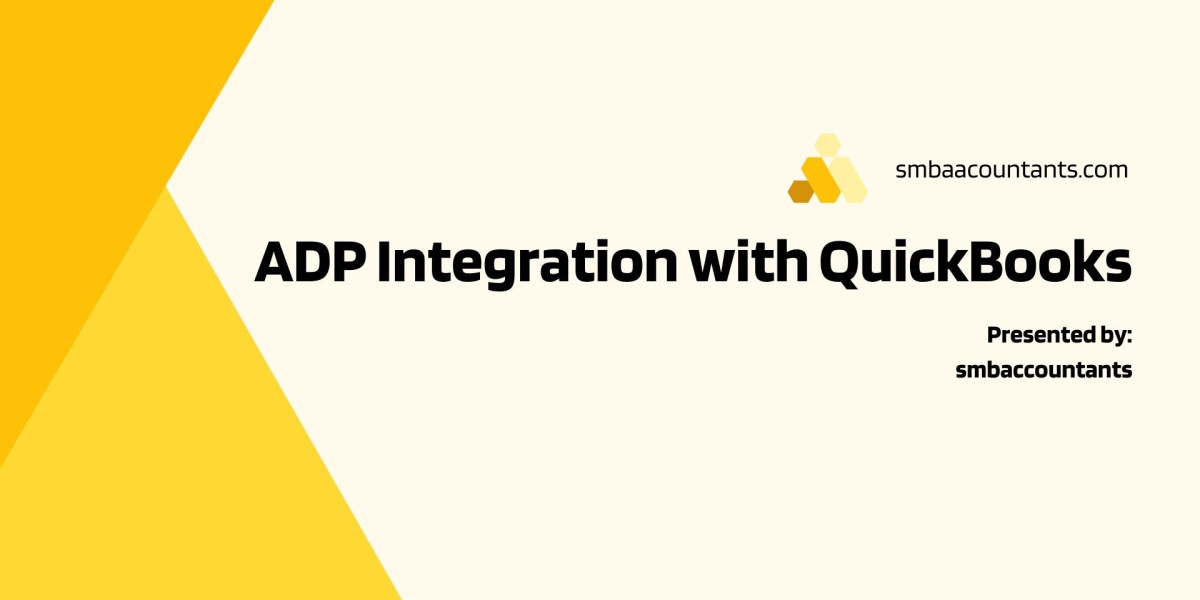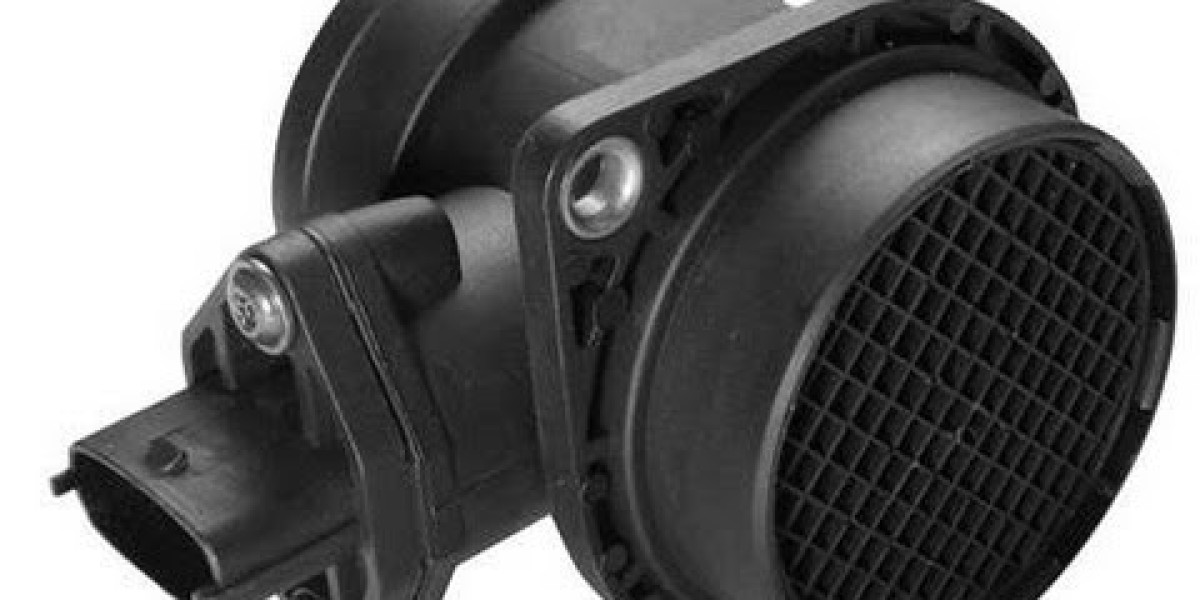Payroll processing is a fundamental aspect of business operations, ensuring that employees are compensated accurately and on time. However, manual payroll processes can be time-consuming, prone to errors, and challenging to manage, especially for growing businesses. In today's digital age, integrating payroll solutions such as ADP with accounting software like QuickBooks offers a streamlined approach to payroll management. This article aims to explore the importance of payroll processes, the integration of ADP with QuickBooks, a step-by-step guide to setting up the integration, the benefits it offers, and common issues along with troubleshooting tips.
Introduction to Payroll Processes and their Importance
Payroll processes encompass the calculation, distribution, and record-keeping of employee compensation, including wages, salaries, bonuses, and deductions. Efficient payroll management is crucial for several reasons:
- Employee Satisfaction: Timely and accurate payroll processing enhances employee satisfaction and morale, fostering a positive work environment.
- Compliance: Payroll processes must comply with various labor laws, tax regulations, and reporting requirements to avoid penalties and legal issues.
- Financial Management: Accurate payroll data is essential for financial planning, budgeting, and decision-making within the organization.
- Record-Keeping: Payroll records serve as documentation for auditing purposes, employee inquiries, and regulatory compliance.
Understanding ADP and QuickBooks Integration
ADP: Automatic Data Processing (ADP) is a leading provider of human capital management solutions, offering payroll processing, time and attendance tracking, HR management, and employee benefits administration.
QuickBooks: QuickBooks is an accounting software developed by Intuit, designed for small and medium-sized businesses to manage finances, invoicing, and tax preparation.
Integrating ADP with QuickBooks allows for seamless transfer of payroll data between the two platforms, streamlining payroll processing and enhancing accuracy.
Step-by-Step Guide for ADP Integration with QuickBooks
1. Setting up Accounts in QuickBooks:
- Log in to your QuickBooks account and navigate to the Chart of Accounts section.
- Create accounts for wages, taxes, deductions, and other payroll-related items to align with your ADP payroll categories.
2. Setting up Company Information in ADP:
- Access your ADP account and navigate to the company settings or configuration section.
- Ensure that your company information, including legal name, address, tax identification number, and bank account details, is accurate and up to date.
3. Configuring Payroll Settings in QuickBooks:
- In QuickBooks, go to the Payroll Settings or Preferences section.
- Configure payroll settings such as pay schedules, employee deductions, benefits, and tax withholdings to match your ADP payroll setup.
4. Syncing Data Between ADP and QuickBooks:
- Initiate the integration between ADP and QuickBooks, following the prompts to authorize data access and permissions.
- Set up automatic data sync between ADP and QuickBooks to ensure that payroll data is transferred accurately and promptly.
Benefits of Integrating ADP with QuickBooks for Payroll Processing
Integrating ADP with QuickBooks offers several benefits for businesses:
- Efficiency: Automated data transfer between ADP and QuickBooks eliminates manual data entry, saving time and reducing errors.
- Accuracy: Payroll data is synchronized in real time, ensuring accuracy and consistency across both platforms.
- Compliance: Integrated payroll solutions help businesses stay compliant with tax regulations, labor laws, and reporting requirements.
- Streamlined Reporting: Quick access to payroll data in QuickBooks enables businesses to generate comprehensive financial reports and analyses.
Common Issues and Troubleshooting Tips
While integrating ADP with QuickBooks offers numerous benefits, businesses may encounter some common issues:
- Sync Errors: If data sync between ADP and QuickBooks fails, check for connectivity issues, authorization errors, or configuration discrepancies.
- Troubleshooting Tip: Verify that your ADP and QuickBooks accounts are properly linked and that permissions are granted for data transfer.
- Mapping Errors: Incorrect mapping of payroll items between ADP and QuickBooks can result in discrepancies in financial records.
- Troubleshooting Tip: Review mapping settings in both ADP and QuickBooks to ensure consistency and accuracy.
- Data Security Concerns: Integrating sensitive payroll data between ADP and QuickBooks raises concerns about data security and confidentiality.
- Troubleshooting Tip: Implement robust security measures, such as encryption and access controls, to protect payroll data from unauthorized access or breaches.
In conclusion,
Integrating ADP with QuickBooks offers businesses a comprehensive solution for payroll processing, enhancing efficiency, accuracy, and compliance. By following the step-by-step guide and addressing common issues proactively, businesses can harness the full potential of integrated payroll solutions to streamline operations and drive success. Call ADP QuickBooks Integration Support Number +1-800-961-4963 for comprehensive troubleshooting assistance to resolve compatibility conflicts and ensure seamless integration.
Naijamatta is a social networking site,
download Naijamatta from Google play store or visit www.naijamatta.com to register. You can post, comment, do voice and video call, join and open group, go live etc. Join Naijamatta family, the Green app.
Click To Download


